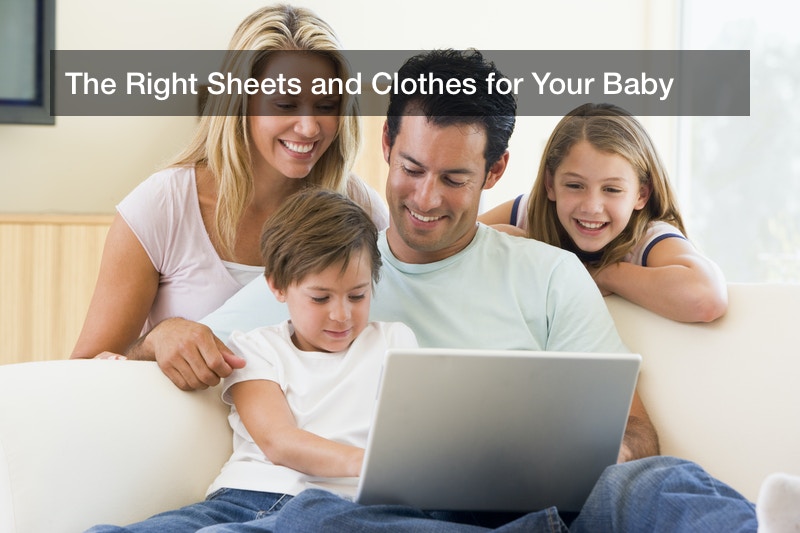

A baby is often considered a “bundle of joy” by its parents, and a couple may have a baby shower and more to celebrate their new family member. A brand new human being involves plenty of work to raise, and parents will look for plenty of the right items to do this right. Even mundane activities like sleep call for baby friendly materials, starting with a wooden crib. This crib may have allergy-friendly paint applied on it, as will other furniture in the baby’s room. And that’s not all. The baby’s bedding should be just right too, such as hypoallergenic baby crib sheets for infants with some allergy issues or crib sheets with a high thread count for comfort. Bed sheets for infants can be found at local baby-friendly retailers or online, from hypoallergenic baby crib sheets to sheets of any thread count the parents think is best. Fitted, hypoallergenic baby crib sheets are a fine choice for a new baby. How might this work out for a good night’s sleep?
Sleep
As new parents will soon see for themselves, babies spend most of their time asleep to grow, but this sleep won’t always be a solid, uninterrupted eight hours like an adult gets. Rather, babies often awake every few hours because they are hungry or have other needs, and parents will be quick to respond. It may also be noted that unlike many other newborn animals, human infants are heavily dependent on their parents, and this even includes their sleep arrangements. Even a child will have a regular bed and sleep with covers and a pillow, but a baby won’t. In fact, pillows and blankets may constitute a choking hazard for babies, so parents will make sure that only supervised naps involve those things. Instead, for a night’s sleep, a baby will wear warm pajamas from neck to their feet, and sleep on a fitted sheet that goes over a mattress.
This may sound bare bones to some new parents, but in fact this is the best sleeping arrangement for a baby, and the safest. A baby needs temperature regulation to stay warm, of course, but this won’t come from a quilt or thick blanket, not even one that’s scaled down to a baby’s size. Rather, babies will be fitted into warm pajamas that cover almost their entire bodies, a one-piece suit. A baby may even wear a warm knitted cap, since a person loses a lot of body heat from the top of their heads, including infants. All of this will keep a baby plenty warm during sleep, and a one-piece pajama suit does not pose a choking hazard at all. Meanwhile, a crib will have a soft mattress to serve as the bedding, and parents will put on a fitted sheet over that. This is a scaled-down version of a fitted sheet that may be found on any regular adult bed’s mattress, and the idea is that a fitted sheet is not loose, and therefore poses no choking hazard. Loose blankets are a risk, but not those sheets. With this arrangement, a baby can get a good night’s rest.
Sheets and More
A baby won’t comment on a sheet’s thread count or the pattern on it, but all the same, parents may take care to get the finest and most appropriate fabrics and mattresses for their newborn. When a baby is due soon, the parents may get the nursery room ready, and that includes getting a crib, a mattress and fitted sheet, and anything else the baby might need. Such cribs are painted with hypoallergenic paints, so that they don’t give off harmful VOCs. Babies are sensitive to VOCs from paint and carpets. Meanwhile, specialized hypoallergenic baby crib sheets may be needed for some newborns who demonstrate a need for them, and sheets may vary by thread count. This is based on the number of vertical or horizontal threads in one squire inch of fabric. Thread count may vary from 300 to 400 to over 700, and a higher count results in softer material that’s also denser. In warmer weather, a fabric with a lower thread count such as 400 is advisable, and it will be light and breathable. This may apply to baby sheets, too.